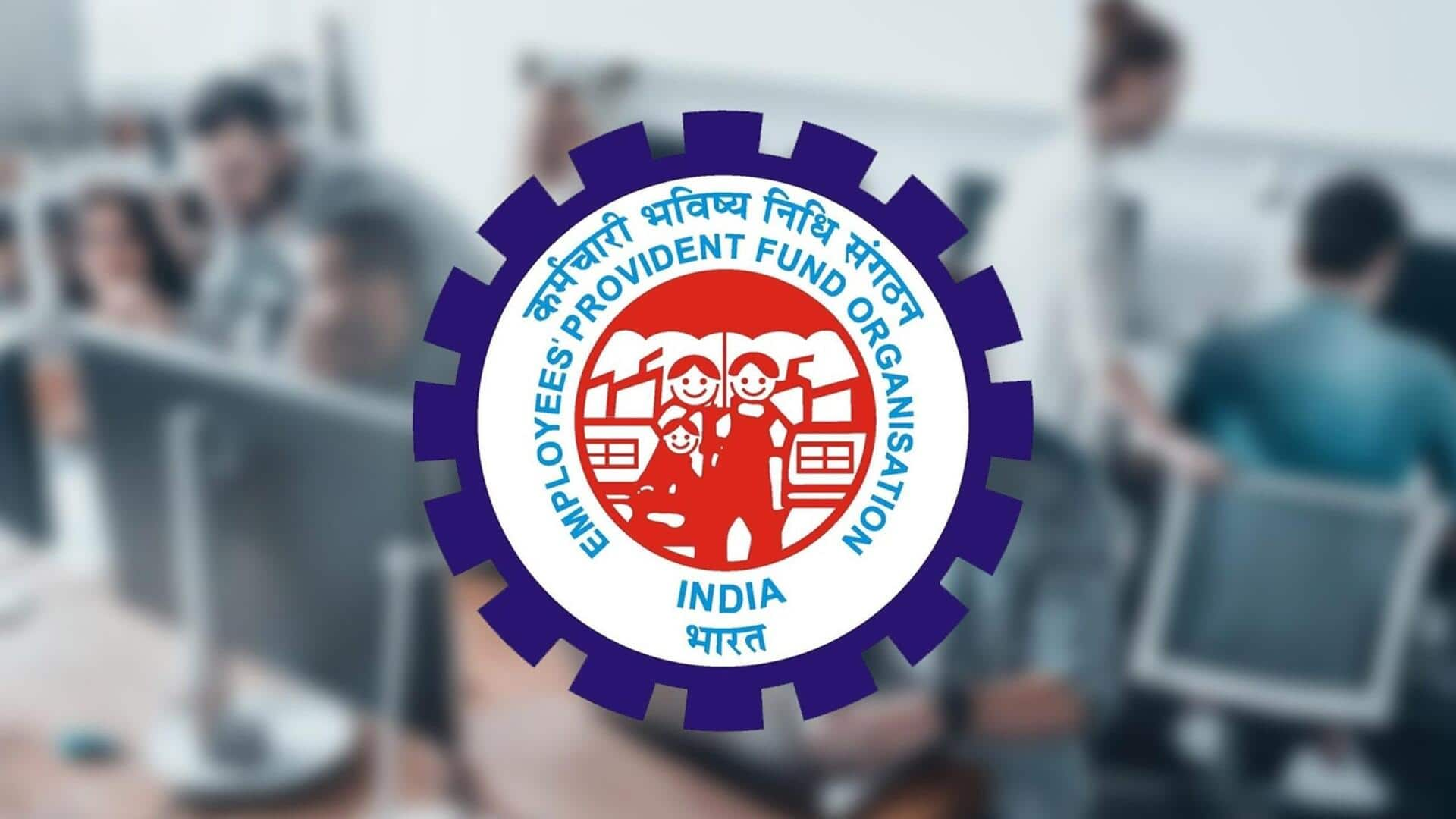Digital Transformation: EPFO 3.0
The EPFO Board Meeting discussed the ambitious EPFO 3.0 digital overhaul. This initiative aims to modernize the Employees' Provident Fund Organisation's
operations and improve user experience. The core goal is to streamline processes, making them more efficient and accessible for both employees and employers. This includes digitizing various services like claims processing, account management, and grievance redressal. The meeting emphasized the importance of enhanced data security to protect sensitive information. Further discussions focused on integrating new technologies, such as Artificial Intelligence (AI) and Machine Learning (ML), to improve the efficiency of service delivery and offer more personalized experiences. The EPFO 3.0 strategy also outlines plans to expand online services and ensure they are easily accessible via mobile devices.
Employment-Linked Incentive Scheme
Another significant topic at the meeting was the Employment-Linked Incentive Scheme. This scheme is designed to incentivize employers to create more jobs, particularly for those in the formal sector. The incentive structure typically involves offering financial benefits, such as tax breaks or subsidies, to businesses that hire new employees or convert informal workers to formal employment. The details of the Employment-Linked Incentive Scheme, including eligibility criteria and the amount of incentives, were likely discussed and refined. The goal is to stimulate job growth and encourage the formalization of the workforce. This could potentially lead to increased participation in the EPF scheme and a higher number of contributors. The Board Meeting probably included a review of the scheme's implementation, looking at its effectiveness and making necessary adjustments to meet its objectives.
Minimum Pension Revision (EPS-95)
The meeting also addressed the possible revision of the minimum pension under the Employees' Pension Scheme 1995 (EPS-95). EPS-95 is a crucial social security scheme for retirees. Any adjustments to the minimum pension amount would directly affect the financial well-being of millions of pensioners. Discussions probably revolved around assessing the current adequacy of the minimum pension in light of rising living costs. The Board might have analyzed various factors such as inflation rates, the cost of healthcare, and the overall economic conditions to determine if a revision was needed. The financial implications of any potential increase in the minimum pension were considered, including how such a change would be funded and the impact on the EPF corpus. The aim is to ensure that pensioners receive a sufficient income to maintain a dignified standard of living during their retirement years.




